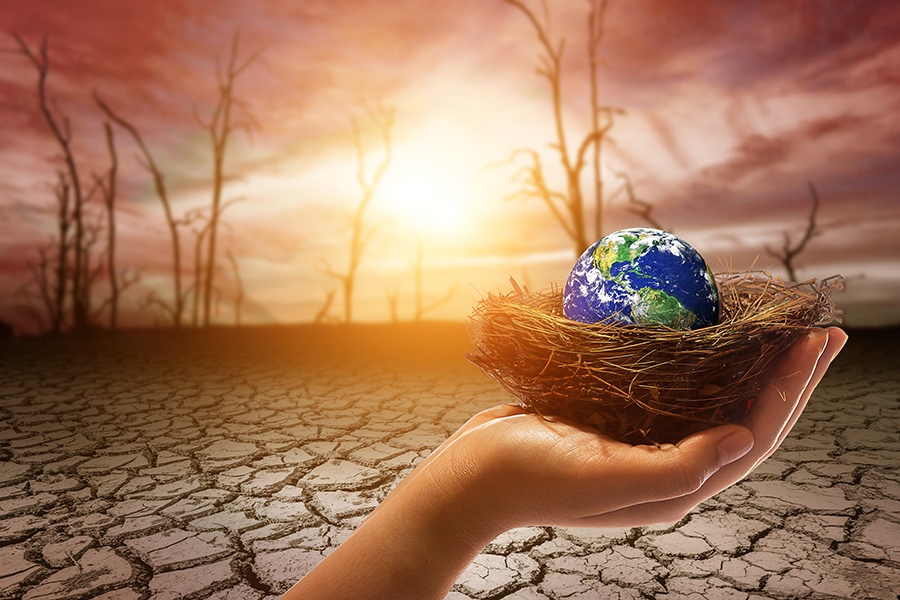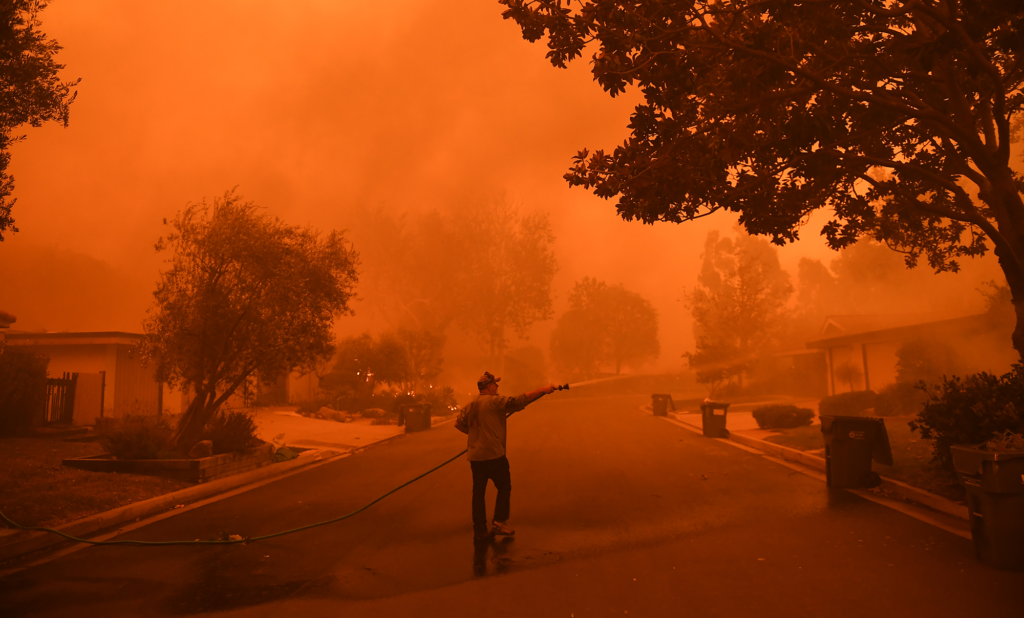Decoding the Impact of Climate Change

Climate change is a critical global issue that demands immediate attention and action. It is caused by human activities such as burning fossil fuels, deforestation, and land-use changes. The consequences of it are far-reaching, impacting both global and local ecosystems. To protect our planet, we must take steps to mitigate its effects by reducing our carbon footprint and preparing for future impacts. Today we will explore the causes and effects of climate disruption, as well as provide practical advice on how we can reduce our impact on the environment.
Causes of Climate Disruption
It is a global issue that has been caused by a combination of human-induced and natural phenomena. The burning of fossil fuels is the primary cause behind climate disruption, as it releases greenhouse gases into the atmosphere that trap heat and contribute to global warming. Agriculture, land-use change, and deforestation also have an impact on climate disruption, as they reduce the amount of carbon dioxide absorbed by plants and increase emissions. Additionally, industrial activities release greenhouse gases that further contribute to climate disruption.
How to Reduce Your Carbon Footprint
Taking personal responsibility for our actions is a crucial part of protecting our planet. There are numerous actions that individuals can take to reduce their emissions and play a role in mitigating climate change.

The first step towards reducing your carbon footprint is to choose green energy options from your energy provider. Many electricity companies now offer renewable energy plans that allow you to use clean sources like wind and solar power instead of relying on traditional fossil fuels. As a bonus, these plans can often be cheaper than standard electricity plans in the long run, making them an attractive option for everyone looking to save money while helping the environment at the same time.
Another way to reduce your carbon footprint is by adjusting your thermostat settings to more efficient temperatures. By turning down the temperature in winter and turning it up in summer, you can significantly reduce your energy consumption and lower your bills as well as your emissions. Additionally, investing in insulation or double-glazing windows can also help keep heat inside during cold weather and keep cool air inside when it’s hot outside both of which will help you make big savings on energy bills too.
It’s also worth considering how much you drive and if there are alternatives available such as public transport or more active travel options like cycling or walking. Public transport typically uses less fuel per person than private car journeys, so opting for this mode of transport whenever possible can help reduce emissions from cars significantly. Similarly, switching from driving alone to carpooling with friends or colleagues whenever possible is another simple yet effective way of cutting down on emissions while reducing congestion at peak times on roads too.
Reducing food waste is also key when it comes to reducing individual emissions especially since food production has one of the highest levels of CO2 emission rates compared with any other sector worldwide

Adapting to Climate Disruption in the Future
Climate disruption is one of the greatest challenges facing our planet today, and we must adapt to its effects both now and in the future. To do this, we must understand the current science behind climate disruption and how it is projected to develop in the coming years. We must also take steps to reduce our carbon footprint through sustainable practices and renewable energy sources.
Climate models are used to predict the potential impacts of climate change in the future. These models rely on data collected from a wide range of sources such as satellite imagery, weather records, ocean temperatures, and atmospheric conditions. By understanding these complex systems, researchers can create predictive models that can accurately project how climate will develop in the coming years. This information can be used to inform decisions about how best to prepare for and mitigate against the potential impacts of climate disruption.
By taking personal responsibility for our actions today, understanding the current science behind climate disruption trends, implementing green technology solutions wherever possible, and making proactive choices about land use, we can all help ensure a brighter future for generations yet unborn.
In summary, the conclusion is that climate change is a global crisis that requires urgent and sustained action from individuals, businesses, governments, and international organizations to reduce emissions, transition to renewable energy, protect ecosystems, and build resilience to the impacts that are already underway.

























































































































































































































































































































































































































































































































































































































































![Fixing [pii_email_aa0fea1a78a192ae7d0f] Microsoft Outlook Error](https://www.huffenpost.com/wp-content/uploads/2023/03/What-Causes-the.jpg)
![Fixing [pii_email_aa0fea1a78a192ae7d0f] Microsoft Outlook Error](https://www.huffenpost.com/wp-content/uploads/2023/03/How-to-fix-the-1-1024x1024.webp)
![Quick fixes for the [pii_email_dbd9dd084703ead3b9cf] Mail Error](https://www.huffenpost.com/wp-content/uploads/2023/03/How-to-Avoid-pii_email_b6b14f95f44a83737071-Outlook-Error-1024x576.jpg)
![How to fix the [pii_email_bbf95bff57a974a71da8] in Microsoft Outlook?](https://www.huffenpost.com/wp-content/uploads/2023/03/How-To-Solve-The-pii_email_9e750e335dfd9d75badb-Outlook-Error.webp)
![How to solve the [pii_email_b6b14f95f44a83737071] Outlook Error](https://www.huffenpost.com/wp-content/uploads/2023/03/How-to-Avoid-pii_email_b6b14f95f44a83737071-Outlook-Error.png)
![Ways to fix the "[pii_email_1fb861393abed78ab415] Error](https://www.huffenpost.com/wp-content/uploads/2023/03/pii_pn_56e685559f213991c933-Error-Causes-and-Solutions2.jpg)
![How to Fix the [pii_email_e2f55b4aa7bb667da6d9] Error](https://www.huffenpost.com/wp-content/uploads/2023/03/How-to-fix-the.webp)
![What Everyone Should Know About [pii_email_59ea919492dfc2762030]](https://www.huffenpost.com/wp-content/uploads/2023/03/pii_email_aa0fea1a78a192ae7d0f-Email-Error-and-Its-Solutions-1024x683.jpg)
![How to Fix the [pii_pn_5359771d15a46e7b88bf] Outlook Email Error](https://www.huffenpost.com/wp-content/uploads/2023/03/pii_email_57a4a2f20ec6813a8481-SMTP-Error-Solution-2.jpg)


























































































